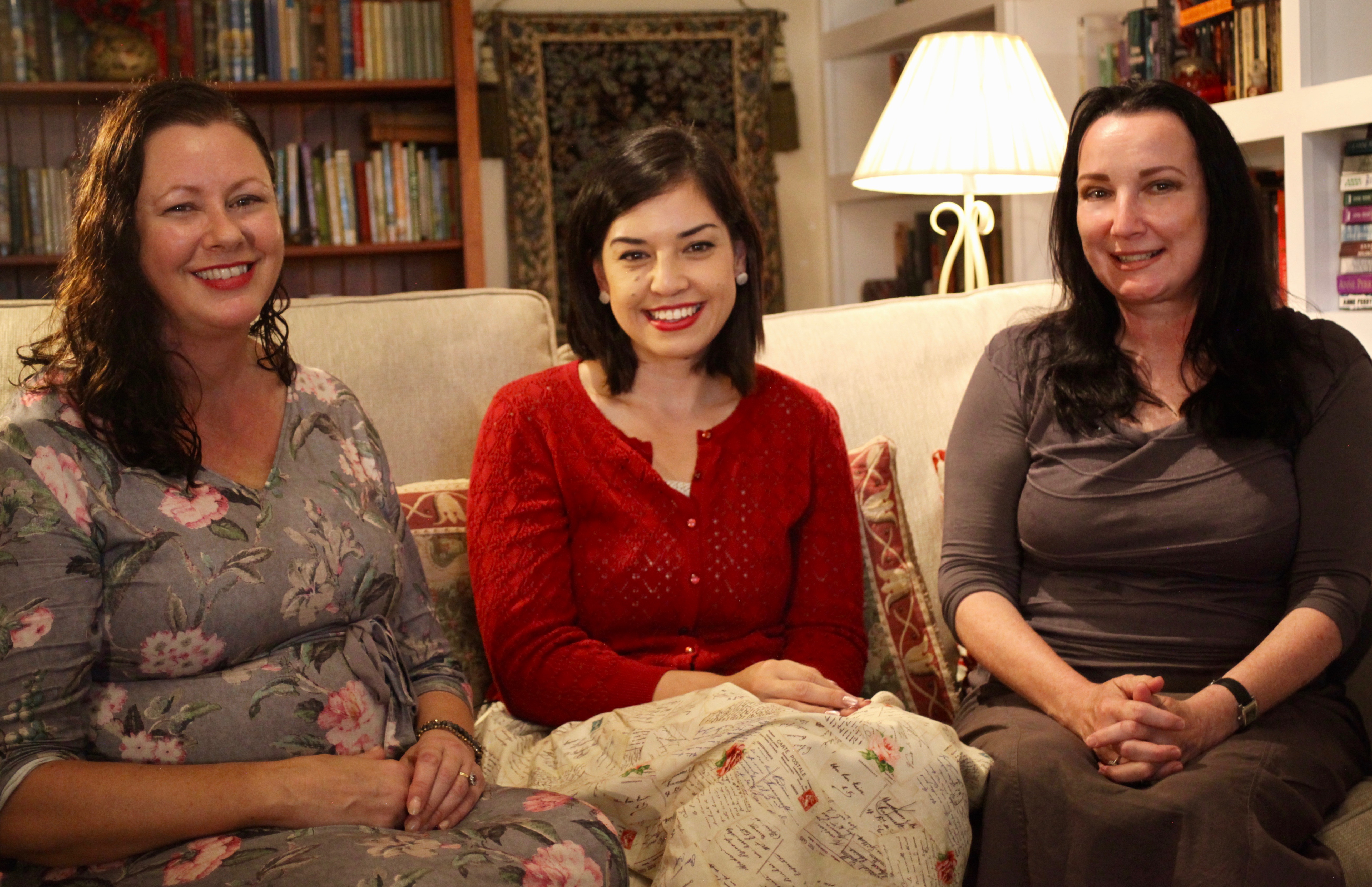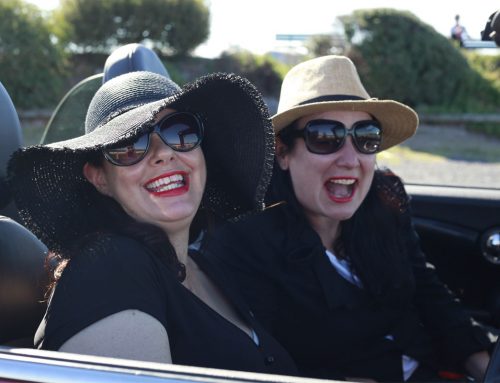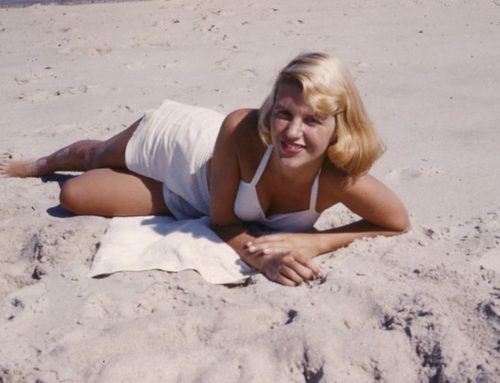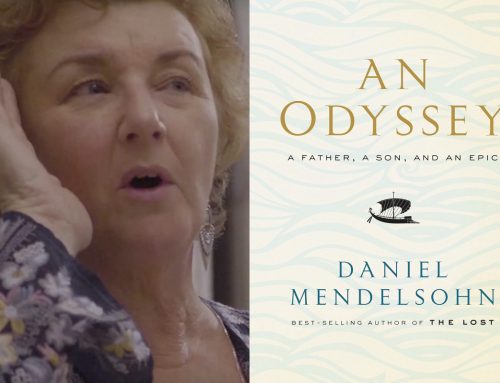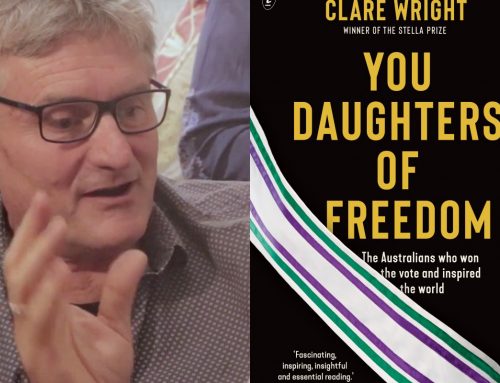Author Q&A
Lauren Chater is the debut author of The Lace Weaver.
Lauren Chater writes historical fiction with a particular focus on women’s stories. After working in the media sector for many years, she turned her passion for reading and research into a professional pursuit. In 2014, she was the successful recipient of the Fiona McIntosh Commercial Fiction scholarship. In addition to writing fiction, she established The Well Read Cookie, a blog which celebrates her love of baking and literature. She lives in Sydney with her husband and two children. The Lace Weaver is her first novel, and she is currently working on her second, Gulliver’s Wife.
My debut novel, The Lace Weaver, has recently been published by Simon & Schuster. It’s an historical fiction book set in WWII Estonia during a time where control of the Baltics is being contested by both the Soviets and the Nazis. The story centres on two women from vastly different backgrounds, both struggling to survive and to preserve the legacy of knitted lace shawls passed down through their families. I was inspired to write it after finding a book about Estonian knitted lace in my local library. After reading about the origins of Estonian shawl making and the history of this tiny country which had been occupied successive times over hundreds of years, I knew there was an amazing story there just waiting to be told. My most joyous moment in the writing came from describing the process of the shawl making and imagining the joy of being surrounded by women all involved in this quiet task. It was also inspiring to visit Estonia and explore the places I’d imagined as settings for my story. The most difficult part was reading all the first-hand accounts of the deportations and also forcing myself to look at all the photographs of the torture inflicted on the partisans by the Russian authorities. That part gave me nightmares; it was truly horrific.
I’m working on my second novel, Gulliver’s Wife, which I’m describing as a novel about madness and marriage. It’s actually a retelling of Gulliver’s Travels from the perspective of Mary Burton, Gulliver’s long-suffering wife. I’m halfway through it now, and finding the writing process to be much smoother than with The Lace Weaver, probably because I have more experience now and know how to edit my own work more strategically. It’s a very different setting and time period, though, which required a research trip to London and Ireland last year and the purchase of many, many beautiful and fascinating research books that I absolutely could not do without. That’s what I’ve told my husband, anyway.
I am more of a baker than a cook but both my mum and my husband are wonderful cooks so I usually provide the dessert while they make the mains. My mother’s background is Chinese; she’s from Malaysia and came out to live in Australia in the 1970s. We grew up eating noodles for breakfast and putting chilli sauce on everything, even toast; I thought that was what all the other kids were having, too. My favourite dish of hers is definitely her chicken curry. Sweet, fragrant and spicy, I love it so much I could eat it every day of my life and never tire of it. We go back to Malaysia every few years and the first thing we always do when we step off the plane, even before we’ve rested or put away our bags, is to go to the marketplace and eat. It’s tradition.
Three years ago, I taught myself to bake and decorate cookies with royal icing, using recipe blogs I found on the internet. This led me to establish a blog The Well Read Cookie, where I could combine my love of books with my love of baking. I experienced many, many failures when I first started out; royal icing is quite tricky to decorate with as it hardens very quickly. It’s also very time sensitive, so if you don’t use it within a few hours, it starts to separate which results in very gooey, runny icing. Some of my first cookie projects were so ambitious, it’s hardly surprising they failed to turn out as I imagined they would. I’ve made icing which was too thick, too runny and/or overbeaten. I’ve made cookies which were too soft (not enough flour), too brown (too much sugar) and too tasteless (not enough sugar). As with writing, the key to achieving your goals is practise and persistence. I kept practising and eventually, I was able to produce cookies which were good enough to be photographed for my blog and even good enough to be ordered by The Jane Austen Society for their annual conference. In September this year, Simon & Schuster will be publishing a book based on my blog called Well Read Cookies. In my wildest dreams, I would never have imagined that teaching myself to bake and ice cookies would lead to a book deal. It’s proof that following your passion can lead to extraordinary things.
My favourite cookbook is an old battered copy of Nigella Lawson’s How to be a Domestic Goddess. Nigella is one of my idols and I love this book; I’m sure I’ve made every single recipe in this book. It’s so well-loved that some of the pages are actually glued together with cake batter which gave me a great excuse to go out and buy a lovely shiny new copy. I’ve kept the old one though because I love the original cover design and because it’s a beautiful reminder of the time before I had children when I had lots of spare time to experiment with recipes. I spent so many weekends doing nothing but baking and reading. It was bliss.
One of my favourite ‘food’ scenes is this one from the opening chapter of Like Water for Chocolate by Laura Esquivel. It’s the perfect introduction (and a subtle foreshadowing) for this extraordinary book about love, food, family and heartache. I adore it!
‘Take care to chop the onion fine. To keep from crying when you chop it (which is so annoying) I suggest you place a little bit on your head. The trouble with crying over an onion is that once the chopping gets you started and the tears begin to well up, the next thing you know you just can’t stop. I don’t know whether that’s ever happened to you, but I have to confess it’s happened to me, many times. Mama used to say it was because I was especially sensitive to onions, like my great-aunt, Tita. Tita was so sensitive to onions, any time they were being chopped, they say she would just cry and cry; when she was still in my great-grandmother’s belly her sobs were so loud that even Nacha, the cook, who was half-deaf, could hear them easily. Once her wailing got so violent that it brought on an early labour. And before my great-grandmother could let out a word or even a whimper, Tita made her entrance into this world, prematurely, right there on the kitchen table amid the smells of simmering noodle soup, thyme, bay leaves and coriander, steamed milk, garlic and, of course, onion.”
‘Illume’. It means ‘to light up’.
I really love sweets flavoured with rose, pistachio and orange blossom. Baklava is one of my favourite sweets. We used to live in a part of Sydney where the were streets filled with Middle Eastern bakeries and the smell of warm honey woke me every morning. It was wonderful to try all the different treat variations. I love that about living in Sydney, it’s got such a wonderful mix of food if you know where to look.
My death-bed meal would definitely be some sort of cake. I’m one of those people who doesn’t think a meal is a meal without dessert. And there would be chocolate. Perhaps it would be a Devil’s Food Cake or Death by Chocolate.

